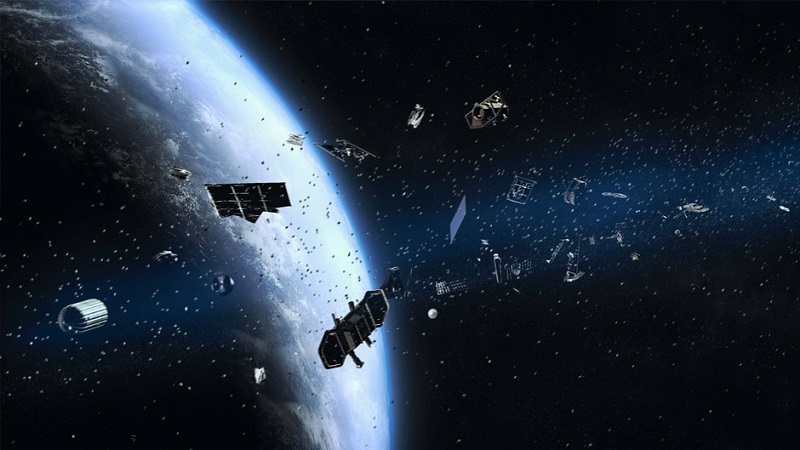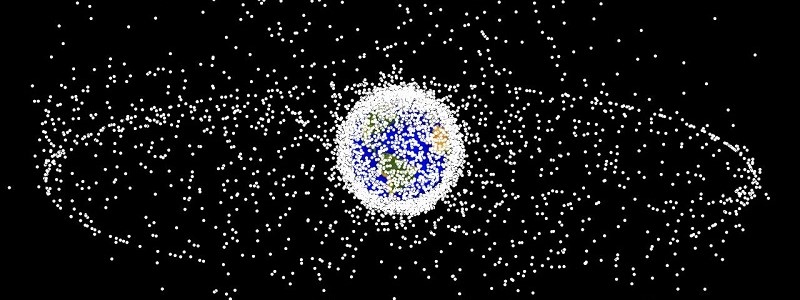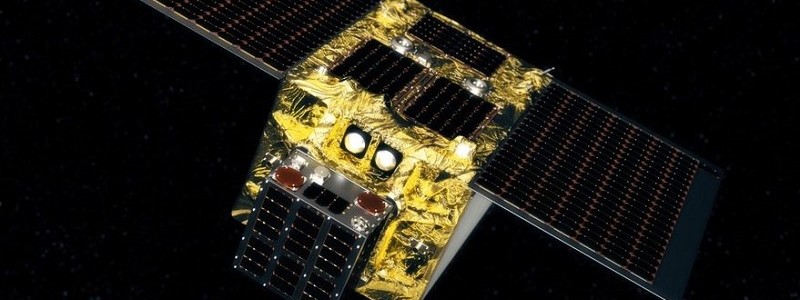

India has sparked international criticism and controversy by shooting down one of its low orbit satellites using a ground to space missile.
The motivation was seemingly a power play, positioning India as one of only 4 countries with the technology to shoot down satellites.
The move has baffled many including the Administrator of NASA - Jim Bridenstine – who described the test as a ‘terrible thing’.
It’s easy to understand why.
The 1967 Outer Space Treaty states that all activity in space should be peaceful in nature and for the benefit of all countries.
Of course, this didn’t deter the US, China or Russia from developing their own missiles. Although arguably there was a natural escalation considering tensions between the three nations.
Critics claim the move only benefits Prime Minister Modi as he campaigns for re-election. His opponents are even lodging complaints with the Indian electoral commission.
The political and military ramifications of the weapons test will no doubt take months to unpick. However, it does create a more pressing issue that could threaten the International Space Station.
Debris.
Estimates are that the missile strike created 6,500 pieces of debris, although only around 400 were 10cm or bigger.
The problem is a small piece of metal travelling at speed can cause untold damage to a relatively flimsy structure like the International Space Station. A cut wire, punctured pipe or breach in the hull and suddenly, lives are at risk.
With only a very small chance of rescue.
More than this, it adds to an ever-worsening problem.
Like the oceans, the space above Earth is choked with garbage. Decades of technology launched into space have been left to die as newer models superseded them.
One has to assume that the mindset was along the lines of ‘but there’s plenty of space’. Literally.
In 2019 the United States Strategic Command was able to track more than 128 million bits of debris smaller than 1 cm, about 900,000 pieces of debris 1–10 cm, and around 34,000 of pieces larger than 10 cm in orbit around the Earth.
Adding another 6,500 bits of debris to a 128.9million piece problem may seem like a drop in the proverbial ocean. But when you consider the debris from China’s 2007 test is still in orbit, like waste on terra firma; it’s getting out of control.

Collisions with debris have become a hazard to spacecraft. Micro debris causes damage akin to sandblasting, especially to solar panels and optics like telescopes that cannot be covered with a ballistic Whipple shield.
The result is millions of dollars worth of damage and millions of dollars wasted in launching repair missions or sending up replacements.
With so many satellites being launched in to space – be it for military or civilian purposes – the problem is only going to get worse.
Around 100 tonnes of space junk burn up in Earth’s atmosphere every year. Defunct satellites, upper stages of spent rockets and payload covers all eventually succumb to Earth’s gravity well and gets pulled in.
Only half of that ever makes it to the surface and so far, every strike has either been in a remote area or in the ocean. In the history of space flight, no casualties have ever been reported from falling debris.
However, as the skies become ever more clogged by satellites and more and more rockets being launched, it’s inevitable that sooner or later debris will start to do some damage.
It’s important to add that at present the odds of anyone being hit by debris is around 1 in a trillion. To put that into context the odds of being struck by lightning are 1 in 1.4 million.
But debris doesn’t need to kill anyone to be an issue.
Just as there is a growing effort on the surface to clean up the environment and decontaminate the oceans, organisations are scrambling to clean up the skies.
Outfits like Japan-based Astroscale are working to develop solutions to clear the skies for future satellites and other man-made craft.
The work is critical as with missions to both the Moon and Mars expected in the next ten to fifteen years, space debris could spell disaster.
Especially as some of the debris travels at speeds of up to 17,000 miles per hour.
If a big enough object were to strike SpaceX’s Super Heavy (formally BFR) – for example – the damage would be catastrophic.
Following India’s missile test, Astroscale posted a swift response on their website:
“At Astroscale we wake up every day thinking about how to develop the technology and norms of behaviour that will allow us to keep space sustainable for future generations. We believe the intentional destruction of any object in space negatively affects the global community that relies on the benefits that satellites deliver. Each piece of debris that was created by Mission Shakti poses a threat to satellites and adds to the risk of operating in the orbital environment.”
Echoing NASA’s view that developing missiles to destroy satellites is no one’s interests but that of the nation building them.
It also serves as a grave threat to other nation’s infrastructure should they do anything India (or the three other nations) doesn’t like.
Coupled with facilities like power plants under threat of state sponsored cyber-attacks, it’s yet another thing to unnecessarily ratchet up tensions between nations.
More interested in helping nations, Astroscale aims to create a fleet of satellites that can hunt down and capture debris and drag it into the atmosphere. A test flight of the End-of-Life Service (by Astroscale) or ELSA, is due for launch in 2020.
During the test flight the capture module – known as the servicer – will perform a series of manoeuvres to prove it is fit for service.

Image courtesy of Astroscale
Other solutions involve launched or dragged nets in order to remove satellites in bulk.
Although one of the biggest issues is the inevitable waste.
None, if any offer the opportunity to return the debris to Earth where it can be recycled.
There is an unfortunate counter-intuitiveness to creating satellites designed to capture debris to only then destroy the debris and itself in the process.
There are approximately 8,400 tonnes of junk orbiting the Earth. Which is roughly the same as 15 fully loaded Airbus A380s.
If there was ever an opportunity to bring that much material back to Earth and repurpose it, it would be one worth exploring.
KDC Resource are actively working with Astroscale and other space industry leaders with their recruitment challenges.
If you’re struggling to find the skills, you need for your next project then get in touch today. Or if you’re looking make that one small step into your next role, register your details here or check out our latest vacancies.
